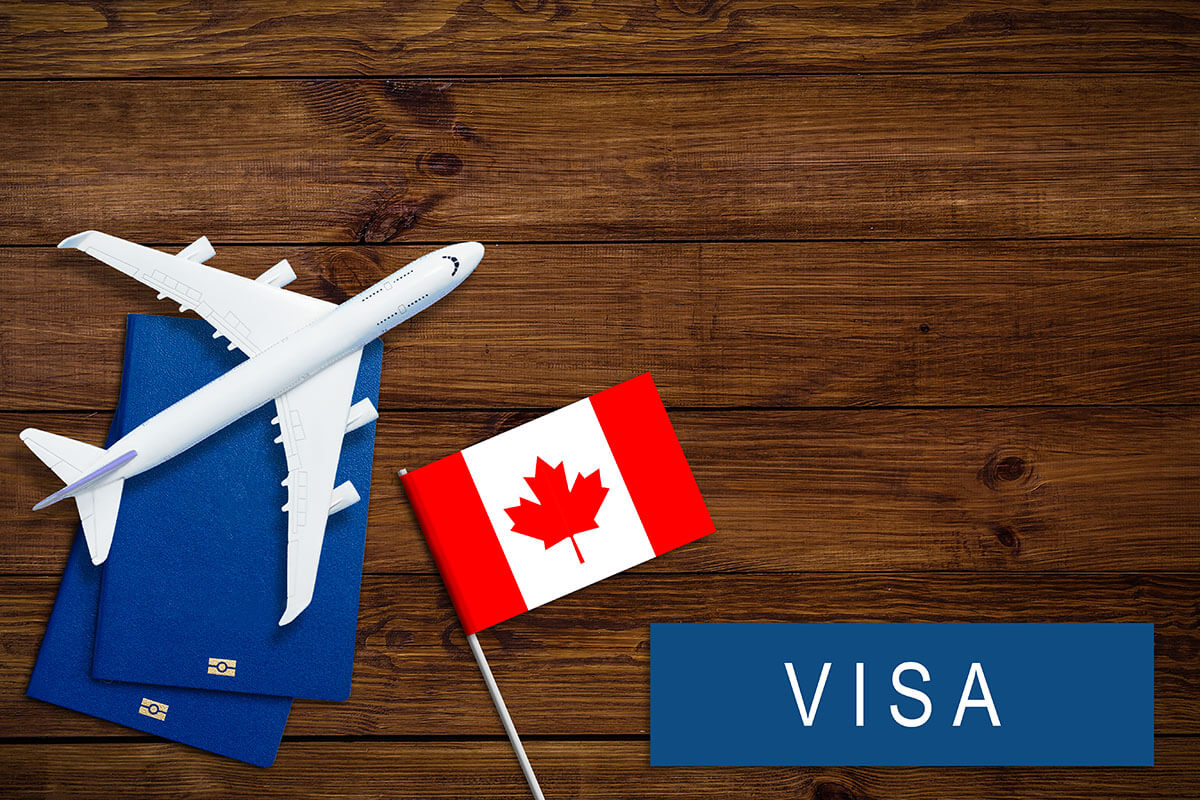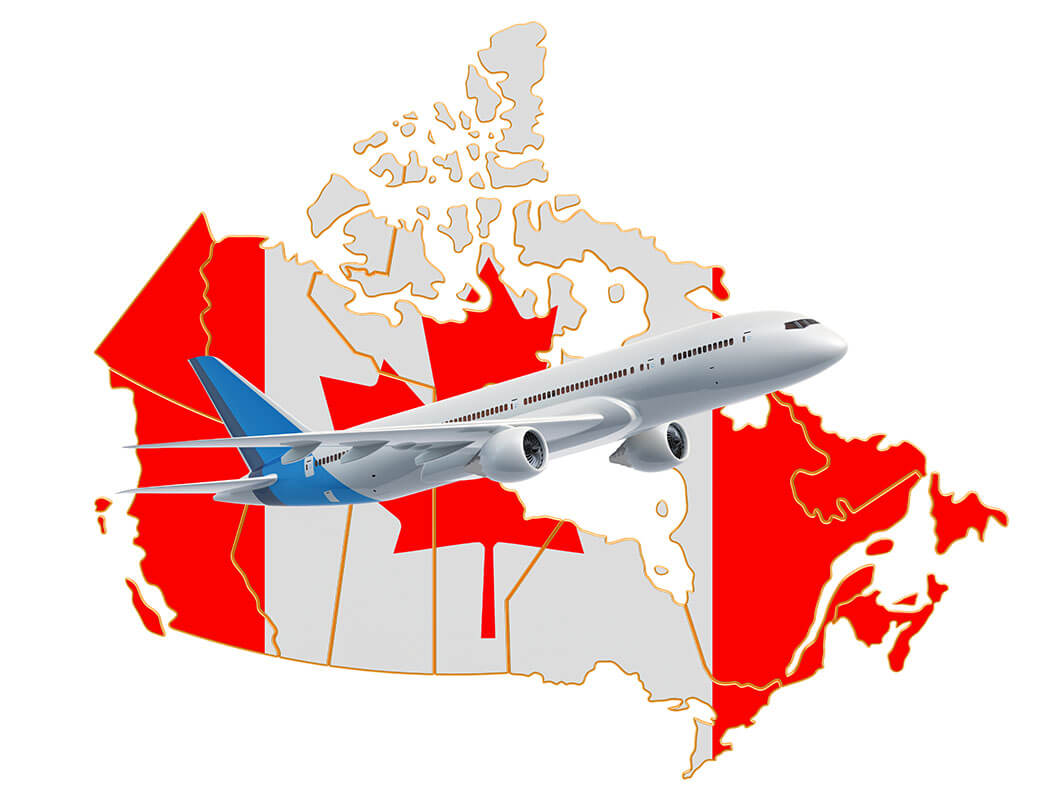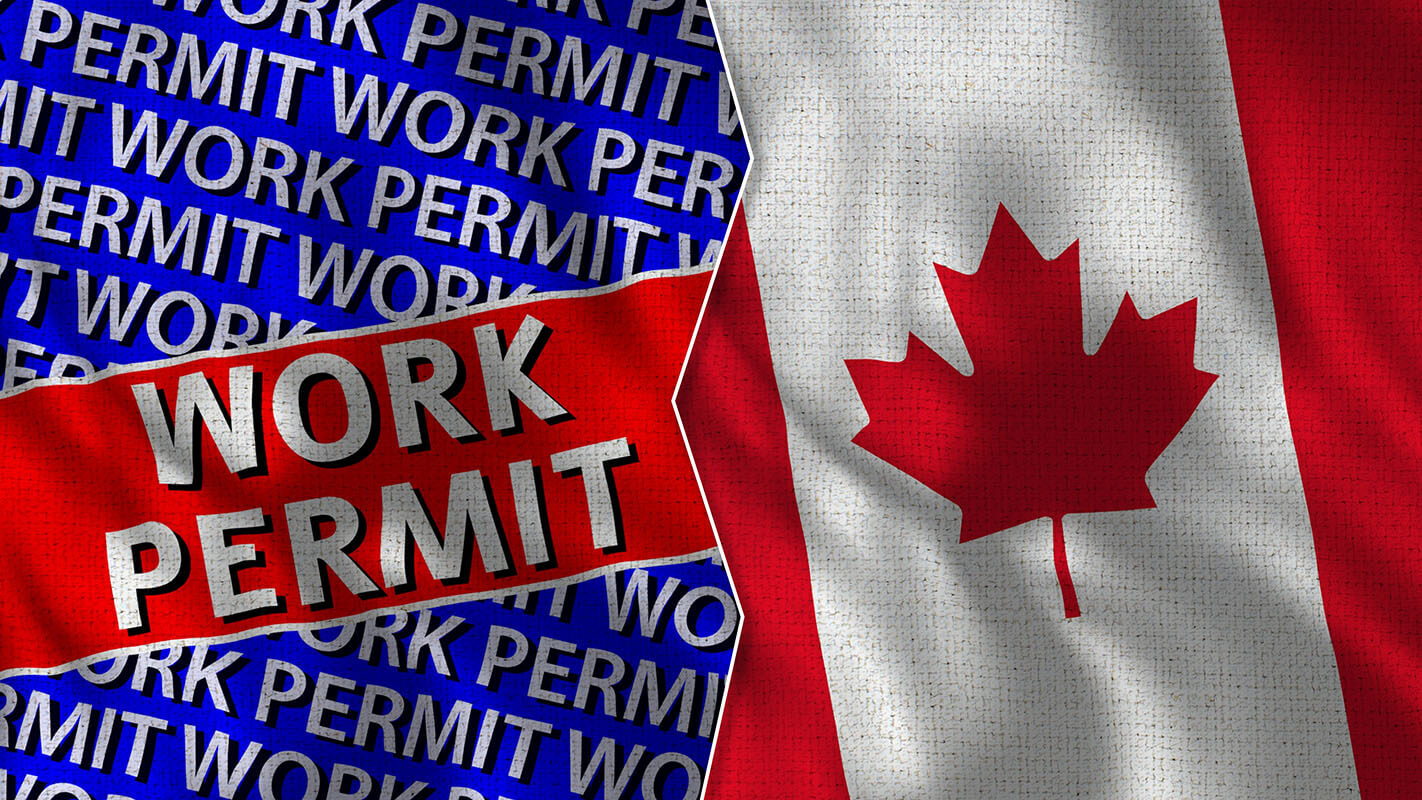Visitor Visa
If you are traveling to Canada by air you likely require either a Temporary Resident Visa (TRV) or an electronic Travel Authorization (eTA). Your requirements depend on your country of citizenship.
What is a Visitor Visa?
A Temporary Resident Visa (TRV), also referred to as a visitor visa or Canada Tourist visa, is an official document issued by a Canadian visa office that is placed in your passport to show that you have met the requirements for admission to Canada as a temporary resident (either as a visitor, a student, or a worker).
Types of Visitor Visa
- Visit/Tourism
- Study
- Work
- Super Visa
Electronic Travel Authorization (eTA)
If you’re travelling from a visa-exempt country, you’ll require an electronic Travel Authorization (eTA) in order to enter. You can quickly and easily apply for an eTA online for a cost of only CAD$7. While eTAs are often granted in a matter of minutes, it can take several days, so you should always apply ahead of time.
There are specific travelers who don’t need an eTA.







